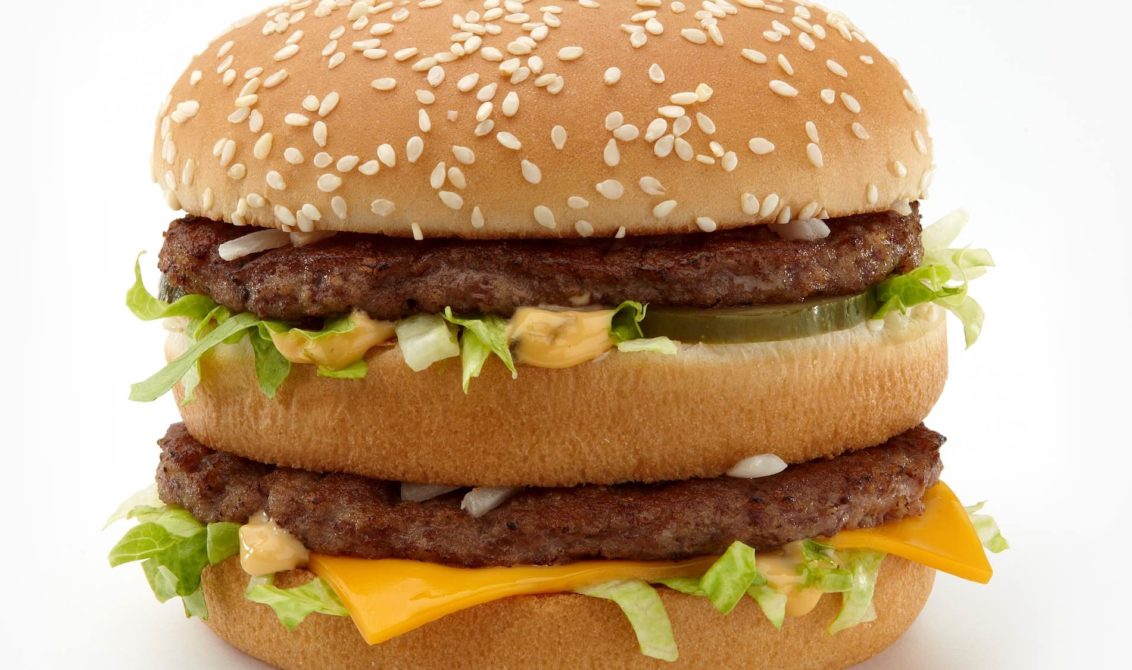
Investors who were silly to trust the Swedish central bank’s persistent story of an undervaluated krona could find the truth hard to chew. Anyway, it is on the menu at a worldwide hamburger chain.
News from Riksbanken on Thursday morning, that it postpones planned interest rate increases in the light of unexpectedly low inflation, knocked the weak krona even further – to a 16-year low in terms of US dollars, and near a 10-year-low level against the euro.
“Has been selling the story”
“Since 2009, Riksbanken has been selling the story about the undervalued krona, and analysts have cheered it. But foreign investors who have bought into the story have been beaten blue and yellow,” writes Dagens Industri’s reporter Mikael Vilenius in his analysis column Thursday.
Since launched in 1986 by newspaper The Economist, the Big Mac index has become well known. It is meant as a light-weight approach to the concept of purchasing power parity – the notion that currency exchange rates should gravitate towards levels where identical products cost equivalent money. Different costs of a Big Mac between countries thus indicate which direction the exchange rate should move.
In later years the index also comes in a second flavour, adjusted for the tendency of people in higher-GDP countries to be willing to pay more for what they buy.
Not that bad at forecasts, though
The Dagens Industri article, headlined ”Burgers better than currency pros”, reflects that for all the latest six years, this GDP-adjusted Big Mac index has provided correct indications of whether the krona would go up or down. It thereby beat professional currency analysts in percentage of correct guessing.
As for Dagens Industri’s poor review of Riksbanken’s forecasts, it can be held to its defence that its one-year forecasts predicted the correct directions in nine years out of the latest ten.

